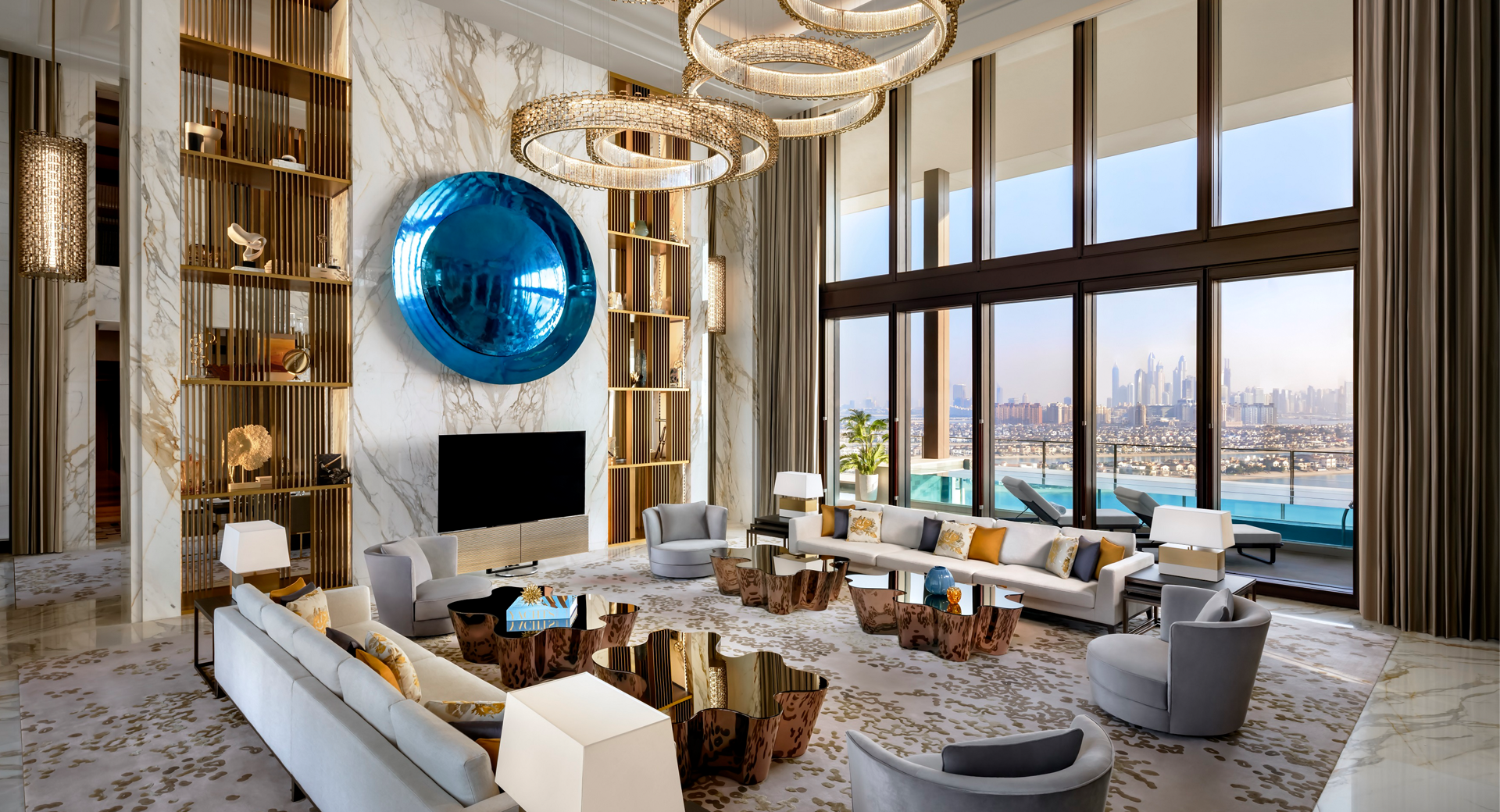
Royal Mansion at Atlantis the Royal named 'The most expensive hotel room in the World'
20th March 2024 | Hot off the press
Emmanuel Barrois was introduced to the world of glass through a chance meeting with a glassmaker in Afghanistan; an event that would lead to another addition to his, so far incongruous, CV, having previously worked as an agronomist, aid worker and photographer. Now, nearly thirty years later and, so far, his curiosity appears unwavering.
Barrois attributes his enduring relationship with glass, to the freedom that it affords him.
In his essay “Morceau de ciel dans l’atelier”, [A piece of heaven in the workshop], Barrois describes it as “everything and its opposite…In glass, the material and immaterial communicate with each other. This material has several lives, several identities. I see it as an interface, an edge, but also as an articulation into open frontiers”
Musée de la Romanité, Nimes
Shiba daycare centre, Japan
Having initially specialised in stained glass Barrois felt a strong desire to push forward, to invent new techniques, to create. When asked how he would define his work now, Barrois concedes that he is many things, “I am still a glassmaker and a lot more besides. Some see me as a designer, and artisan of art, others as a technician, an engineer, artist, architect etc. That’s a good sign. I can navigate all those waters without laying claim to any of them, or I can lay claim to them all at once.”
For the FRAC PACA (Provence-Alps-Cote d’Azur Regional Contemporary Art Fund) building, Atelier Barrois worked alongside renowned architect Kengo Kuma to create a startling design, evocative of a haute couture dress, for which the former produced 1,650 hand-enamelled glass panels – each with a multitude of milky-white enamel drops, creating the “white scales” that make up the building’s façade.
In another design that traverses the boundaries of contemporary art, architecture and precious object, this year saw the company unveil the new monumental glass gates of the Cathedral of Nîmes. Featuring thousands of dots, each hand-engraved and covered in gold leaf, the new doors, which are part of ongoing restoration work at the cathedral, aim to ensure that the building, which soon reaches its millennium, also has a place in our time.
Today, his company’s research and development platform, LabGlass, endeavours to carry out work and research by relying on the principle of “hybrid vigour”.
This involves organising the coming together of contributors from a range of environment – engineers, artists, manufacturers, researchers, architects – but also of new ideas and different cultures and technologies. Within a single melting-pot, these diversities generate a specific dynamic, an improvement in performance (technical, conceptual, aesthetic) resulting from a blending of ideas, from drawing on many sources: “hybrid vigour”.
Using this methodology, involving a wide variety of partners, Labglass creates new elements and pieces in glass, alternative techniques, ideas in progress.















